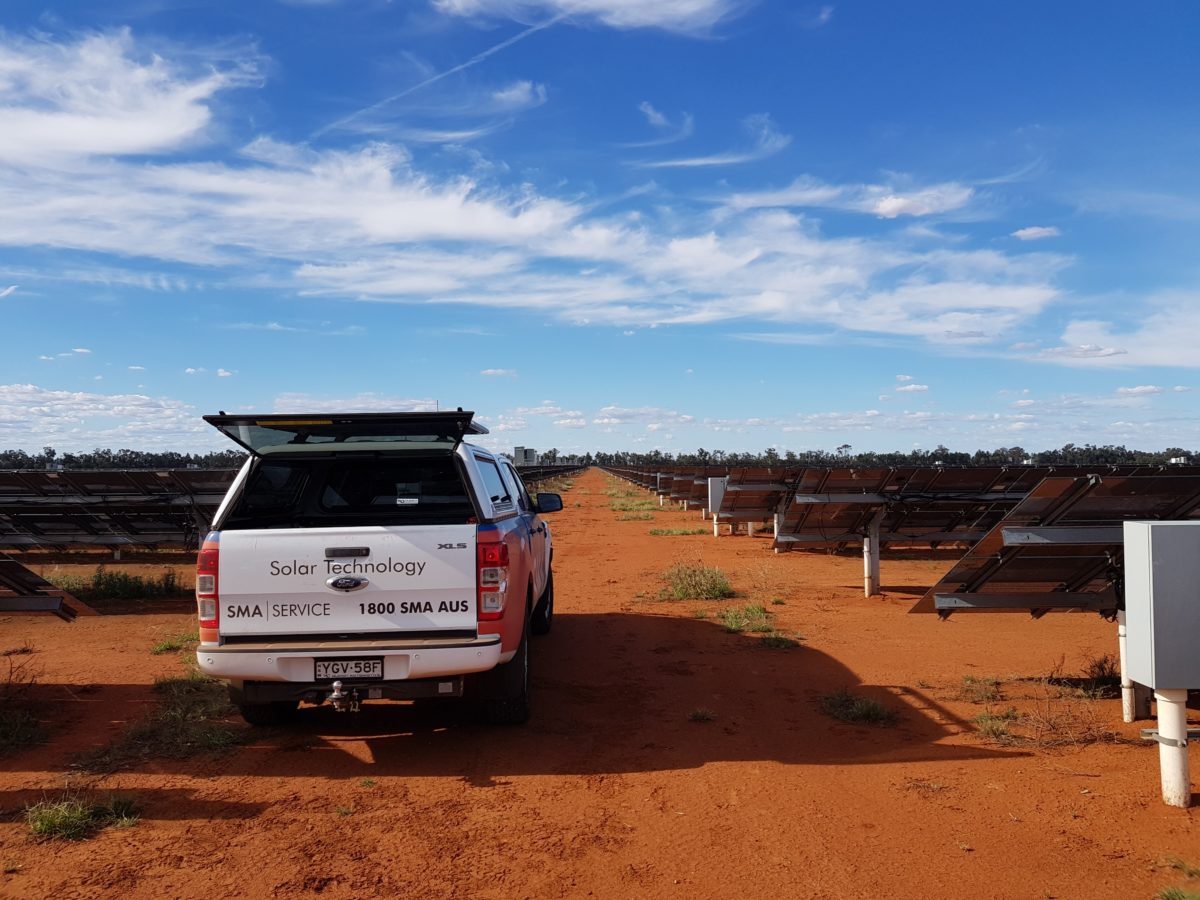“It’s very clear that batteries will become more ubiquitous in the utility market in the near future.” says Scott Partlin, Director of Application Engineering at SMA Australia. He cites planned adjustments in the Australian Electricity Market Operator’s (AEMO) settlement rule as a local change that will favour uptake of quick-response technologies such as batteries working in tandem with battery-enabled inverters.
AEMO’s rule change, which comes into force on 1 July 2021, is intended to align settlement with the five-minute electricity dispatch requirements already long in place. Alignment will facilitate global settlement — meaning all retailers will be settled using the one process.
“This will provide a greater level of visibility of energy uncertainties, know as Unaccounted for Energy (UFE),” writes AEMO on a fact sheet produced as part of its engagement with industry on the changeover. AEMO adds that it will also enhance transparency, improve the ability to identify metering errors, and assist in forecasting and management of distributed energy sources.
Whether or not the predicted worldwide fall in battery prices coincides with the AEMO rule change is likely only to influence the size of battery installation, says Partlin. Lithium batteries, for example, may not reach a viable sub-$100 per 100 kWh level until some time between 2021 and 2025.
But even if the battery price isn’t quite right, he says, “a plant might only purchase or install say three hours or four hours worth of batteries, and as the price continues to fall they can spend the same amount of money and get six or seven hours worth of batteries.”
Partlin says the increasingly lucrative post-sunset period “out to about 8pm or 9pm”, when electricity can be sold for higher prices to the NEM than during the day, is also influencing solar plant operators to consider battery installation sooner rather than later.
In anticipation of such factors, all inverters in SMA’s Sunny Central range can now be manufactured with DC coupling functionality, to allow battery integration into solar utility-scale solar farms. And the latest and largest product in the range, the 4.6 MW Sunny Central UP, is supplied with DC coupling integrated as standard.
SMA has already installed 800 Sunny Central inverters — which come in sizes from 2.2 MW with 1000 V DC, up to 3.0 MW with 1500 V DC input — in utility-scale power stations around Australia.
“Every single one of those customers has expressed an interest in the ability to retrofit the DC coupling capability to their existing plant,” says Partlin. “A number of them are also talking with SMA about other projects in various stages of development and want to include DC coupling in inverters coming off the production line.”
Any Sunny Central inverters that arrive in Australia this year will have battery-connection capability, and before the end of the year SMA plans to be able to retrofit the existing fleet — “That just involves some minor hardware work in the field,” says Partlin.
Solar farms may expand to meet nighttime demand
DC-coupled storage will enable the design of larger solar farms compared to the size of the installed inverter. Currently, Australian solar farms connected to SMA inverters have a DC to AC ratio of around 130 MW DC connected to 100 MW of inverter capacity, which means the maximum output of the plant remains at 100 MW.
DC coupling plus battery storage would allow an operator to channel 180 MW of DC power through the same size inverter, because, says Partlin, “You can still operate your solar plant at 100 MW, but you can divert the extra 40-80 MW that you’re not using into the battery, and when the sun goes down you can slowly ramp up the output from the battery. The solar plant can now have a flatter production curve throughout the day, and instead of stopping at sundown, it might extend out to 7pm, 8pm, 9pm, depending on how big the battery is.”
He says changes to how plants are registered for delivery of energy to the grid, and to how they’re required to operate may yet further promote or stifle the uptake of batteries. Faster frequency-response requirements as are now being considered in South Australia, for example, would favour battery uptake.
“But at the moment,” concludes Partlin, “the real driver is going to be the decreasing cost of energy storage itself, and the power of arbitrage — the price difference between daytime energy and nighttime energy and whether there’s any value for batteries there.”
This content is protected by copyright and may not be reused. If you want to cooperate with us and would like to reuse some of our content, please contact: editors@pv-magazine.com.









By submitting this form you agree to pv magazine using your data for the purposes of publishing your comment.
Your personal data will only be disclosed or otherwise transmitted to third parties for the purposes of spam filtering or if this is necessary for technical maintenance of the website. Any other transfer to third parties will not take place unless this is justified on the basis of applicable data protection regulations or if pv magazine is legally obliged to do so.
You may revoke this consent at any time with effect for the future, in which case your personal data will be deleted immediately. Otherwise, your data will be deleted if pv magazine has processed your request or the purpose of data storage is fulfilled.
Further information on data privacy can be found in our Data Protection Policy.